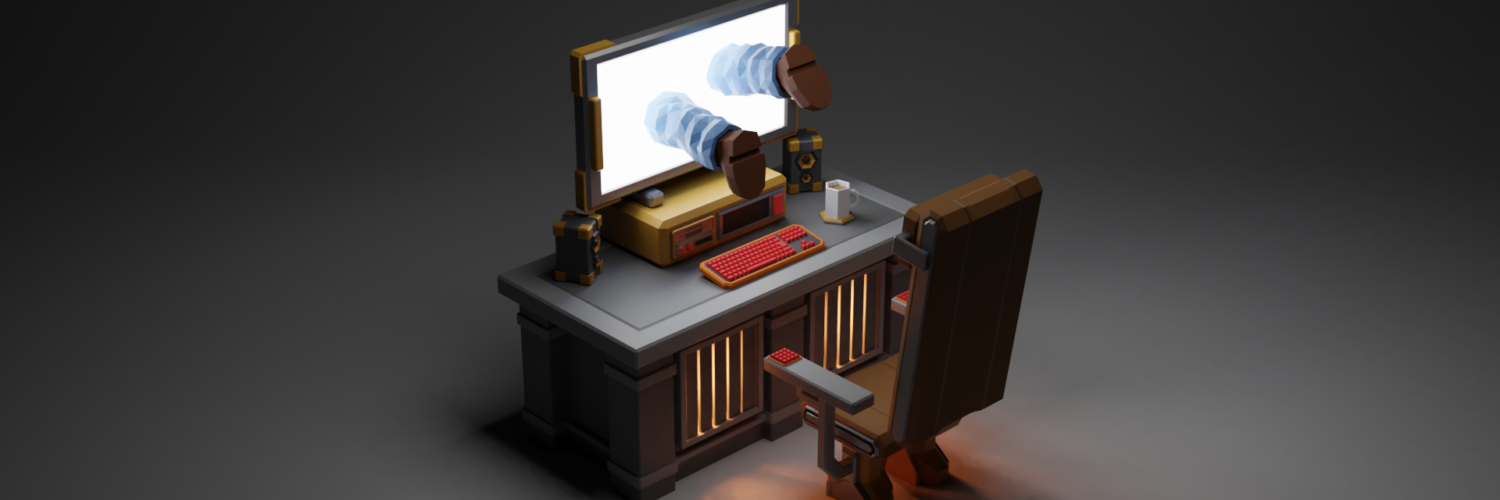By Chrissi Nerantzi, University of Leeds, UK.
The global unfreeze, a term borrowed from Kurt Lewin’s change theory, happened during the pandemic when we experienced an explosion of experimentation, resourcefulness and creativity that led to rapid changes. Higher education institutions turned into greenhouses of and for experimentation in learning, teaching and assessment to some extent. We experienced first-hand that openness and diverse collaboration boost creativity, make us more resourceful and play a key role in coming up with inventive solutions. The post-pandemic years, however, seem to be moving us back into re-freeze and our nostalgia is telling us to just keep things as they are or how they used to be. We are creatures of habit.
However, the world does not stand still. Generative AI (GenAI) has come into higher education it seems through an open window when we were already exhausted by change, at least most of us and said “please, no more!”. The advocates, the followers, the indifferent, the blockers and the opponents all showed up, like they do every time. Mezirow puts further oxygen into the fire and reminds us that as humans “we have a strong tendency to reject ideas that fail to fit our preconceptions, labelling those ideas as unworthy of consideration—aberrations, nonsense, irrelevant, weird, or mistaken”. We just need to learn how best to use our superpowers! Critically and creatively! The advocates, the curious and rebellious innovators are experimenting with GenAI. Nobody can stop them, they don’t need encouragement, educators and students, pushing the boundaries. If we were in unfreeze, we would all be doing it! But now it can be a headache, a minefield, for many. It is however true, that the weird, the unusual and the novel connections we make are the ones that boost breakthroughs!
Assessment is now (again or still?) one of the hottest topics. What the pandemic didn’t manage to change (and yes, some change did happen during the pandemic, see for example Brown and Sambell’s (2020) work and many curated resources), more radical change may happen now because of or thanks to GenAI. Too optimistic? Or will we find (again) ways around it to secure the status-quo? The reality is that assessment practices are under the microscope. Mistrust and suspicion regarding the use of GenAI are in the air which has an impact on learning relationships.
The reality is that we often seem to ask our students to cram a lot of stuff into an assessment, an essay, a report, a dissertation, a portfolio, anything really. And often we ask them to submit multiple assignments at the same time. If you work in higher education you will have heard of assessment bunching. It is not ideal and can create a lot of anxiety and stress! The volume can be mind blowing! The more the better it seems. But is over-assessment healthy for anybody? I guess with GenAI students are able to easier and quicker respond to the volume requirements at least… I tried it with reflection even! But what is the point? Is easy the answer? What about learning? And then of course, there is marking and let’s not forget feedback. While nobody enjoys marking (please correct me if I am wrong) we are often reluctant to reduce the word count of assessments. Related conversations become battlefields among academics. But would we happily surrender our marking duties to GenAI? I am wondering… Could GenAI help us wean ourselves off assessment volume and focus more on value? Is this what has started happening?
Speaking about value… students don’t always understand the value and purpose of the assessment they must complete to pass a module. The lack of clarity can be confusing, disorientating and demotivating. Part of this is the fact that often the work the student has done on the assessment is deemed as redundant beyond I hope that something has been learnt from the process. In the world of Open Education we collaborate and share, we use and adapt resources and practices for example. We create with others in mind. For us this is a way to make a wider contribution, to add value so that others can benefit too. Looking at the SDGs, SDG 4 Quality Education for all can be a strong motivator. All SDGs can be and help contextualisation, personalisation, add choice and variety. How can this work for assessment? And how can this work across disciplines and professional areas? Wiley talks about renewable assessments and how this type of assessment adds social value. Similarly, McArthur illuminates the importance of rethinking authentic assessment in a more embracing way and not just focus on the world of work. Individuals want to contribute to their local community, to the wider good, to add social value as this helps them find themselves, activate agency and feel well. The Inner Development Goals also come to mind. How can these ingredients all work together in harmony also with GenAI?
Variety is the spice of life, I will add, of learning, teaching and assessment too. Variety can boost engagement if it is meaningful, manageable, adds value and creates hooks for learning and there is a clear purpose. This variety could mean that we introduce (more) choice, not just regarding how students respond to an assessment brief and the format. There are also opportunities to engage the students in designing their own assessment brief and learning journey to address not only ideally loosely framed learning outcomes (Check out Kleiman, 2017; McCreary, 2022 for alternative propositions) but more importantly to contextualise these and make space for curiosity, wonder, imagination, personalisation, meaning making and identify real value in the assessment and therefore seeing learning itself as assessment and not an add on. I would add GenAI to the mix organically, as a tool in the toolkit. How could these changes influence and shape more creative, critical, inclusive and equitable assessment going forward that is meaningful and truly transformative?
Could GenAI actually play a key role in helping us to rethink with our students assessment volume, variety and value?

Chrissi Nerantzi
Professor in Creative and Open Education, University of Leeds, UK
*the featured image was created by Odysseas Frank, 2nd year undergraduate student, on the BA (Hons.) Games Art & Design, Norwich University of the Arts














